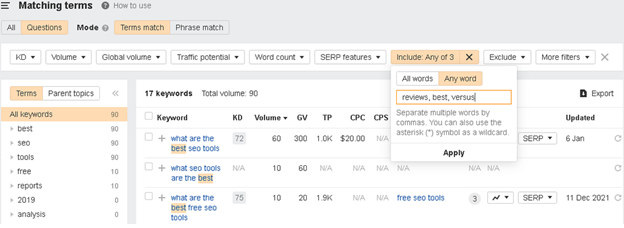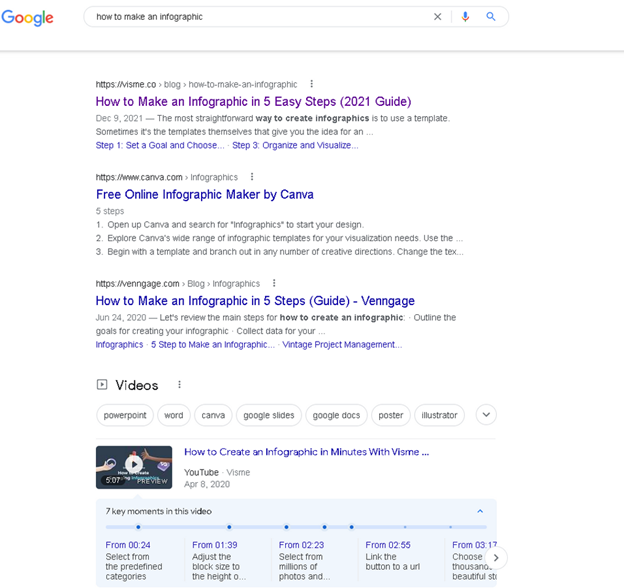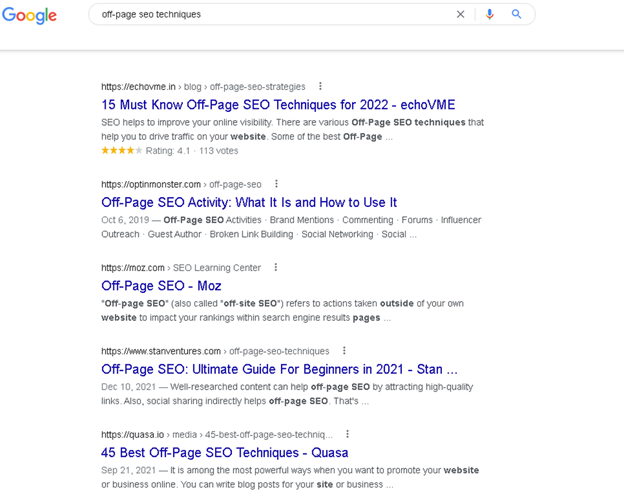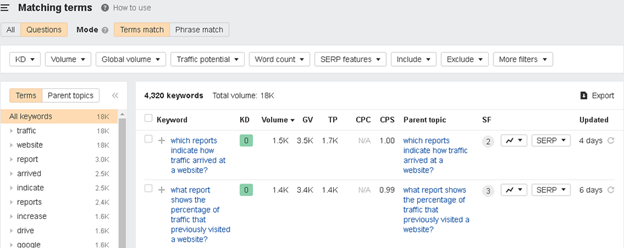Perhaps every business owner dreams about selling a product in the most simplified way. As easy as the potential customers find products on the web, click the website and buy them.
Unfortunately, the buyer’s journey is not that easy.
Practice shows that the first thing people tend to do is explore information on the product or service they want to buy. They read different blog posts, reviews, videos, etc.
It helps them understand if they need the product or not.
Therefore, it is critically important to create content for the early stages of the buyer’s journey to influence potential customers’ decision-making.
In this guide, you will find out everything about the buyer’s journey and how to create content for every stage of it.
The Essence of the Buyer’s Journey
The buyer’s journey is the process that every potential customer goes through right before buying anything. It consists of three stages:
- Awareness (when the person faces the problem and searches the ways how to resolve it)
- Consideration (when the person has a few alternatives that can help solve the issues / the person compares these alternatives to make the right choice)
- Decision (when the person makes a purchase)
For instance, you need to present some data in a more visually appealing way. You come to the conclusion that it would be better to create a presentation on this occasion. You start searching for presentation tools to choose from.
Finally, you stumble upon a few tools that look promising. Eventually, you read a couple of reviews, blog posts about these tools and choose one of them to work with.
This is the entire buyer’s journey the consumer takes.
Four Tips on Creating Content for the Buyer’s Journey
As you already might guess, every stage of the buyer’s journey has its specifications. Thus, due to these specifications, you should create content accordingly.
But before you start working on content creation, think about your ideal buyer’s persona first.
1. Come up with creating a buyer’s persona
A buyer persona is a collective term that represents your ideal customer. It is not something that you can create following your own desires. Creating a buyer’s persona is an in-depth process that takes time to make certain observations regarding your customers.
Adrienne Barnes (Founder of Best Buyer Persona) suggests three steps create your buyer’s persona:
- Try to know your customers better (ask your best customers about their likes/dislikes, what they think about your product, how would they improve it, etc.)
- Collect and organize the data (analyze the replies and look for the similarities)
- Segment your audience (pay attention to the audiences that popping out of the data and get to know your buyer personas)
2. Explore topic ideas that would match every stage of the buyer’s journey
To get you a clear idea of how to explore topic ideas for every stage of the buyer’s journey, review the suggested example below.
Imagine that your buyer’s persona is Jon Jones. Jon wants to create a blog that would bring income. It will allow Jon to leave the full-time job. And here is Jon’s buyer journey.
● Awareness
The very first stage of the journey is when Jon faces his problem. And the problem is that Jon’s website doesn’t drive any traffic.
Jon starts exploring the ways and methods to get traffic to his site. Finally, he realizes that the best way to solve the issue is by applying SEO. He wants to get more information about SEO.
If you happened to create content for this stage, you would cover topics related to SEO and how to drive traffic to one’s site and blog.
To cover more specific topics, you should figure out what would be interesting to learn about for Jon. How to do this?
You can use the Keywords Explorer tool from Ahrefs. Enter these terms and go to the “Matching terms” report. Make sure you click the “Questions” tab (because the awareness stage is all about informational keywords):
The report suggests 4K+ keyword ideas. Not all of them would satisfy Jon’s needs. Hence, review the suggestions and pick up those that would work.
● Consideration
The second stage of the buyer’s journey. Jon has already realized that he needs an SEO tool. He starts exploring available alternatives, reads reviews, tests free tools.
At this stage, you should create content around SEO tools. Cover tools for each SEO aspect. Write comparisons. To find topics for your content, do the same keywords research as for the first stage of the journey. The only thing you should change is to apply comparison modifiers (versus, best, review, etc.) and place them in the “Include” box:

Again, skim through the suggestions and choose the most promising ones.
● Decision
The third stage of the buyer’s journey. Jon has a desire to buy a specific tool. He is aware of the features, price, and everything in between. He needs the final nudge to purchase the product.
Here you will need to cover topics related to the brand of your product. Don’t shy away from pitching your business proposal. Your goal is to assure Jon to buy your tool.
3. Work on creating content
Once you have topics for every stage of the buyer’s journey, it is time to work on creating content.
Whether you choose to create the content yourself, assemble a team of freelancers, or partner with a specialist content writing agency, keep in mind that you’ll need to create various types of content for each stage. For the first stage (awareness) you should focus on blog posts, videos, and other types of content that would have an informational structure.
The stage of consideration requires you to create comparison content. People might look for comparison or category pages. The last stage is all about branded content. When you reveal everything about your product.
If you don’t want to bother yourself with guessing what kind of content you should create, Google will help you out. Analyze the top-ranking pages following the three Cs of search intent.
● Type of content
There are five main types of content – blog posts, video, product, landing, or category pages. For instance, if you review the results for the search request “how to make an infographic”, you will see that the top-ranking pages are blog posts, landing pages, and videos.

● Format of content
This applies to blog posts mostly. Here are the main formats – listicles, how-to guides, reviews, opinion pieces, or news posts. For example, the request “off-page SEO techniques” will suggest to you the top-pages results with detailed guides and listicles.

● Angle of content
Content angle refers to the selling points of the content. Let’s say your potential customers search for “best infographic maker” and they want to get the freshest suggestions.

4. Don’t forget to add a call-to-action within your content
First and foremost, don’t add a call to action at the first stage (awareness). Potential buyers are not ready to buy from you. You should implement calls to action starting from the consideration stage.
But don’t force people to come to your pricing page or buy a paid trial version of the product. Instead, suggest testing your free version of the tool. Moreover, nudge people to sign up for the newsletter. The latter is a great content marketing tactic which you can potentially use.
To Conclude
The truth is that the buyer’s journey doesn’t work perfectly in real life. You can never predict a potential customer’s behavior.
The person can go through each stage of the journey and drop out. Or the person can avoid reading information about the product and buy it in a rush.
Anyway, it doesn’t mean that you shouldn’t take this buying model seriously. Instead, follow the pieces of advice suggested in this guide and create content for every stage of the buyer’s journey.
If you think this post lacks some details, feel free to share your thoughts in the comments.
Source by blog.zumvu.com

